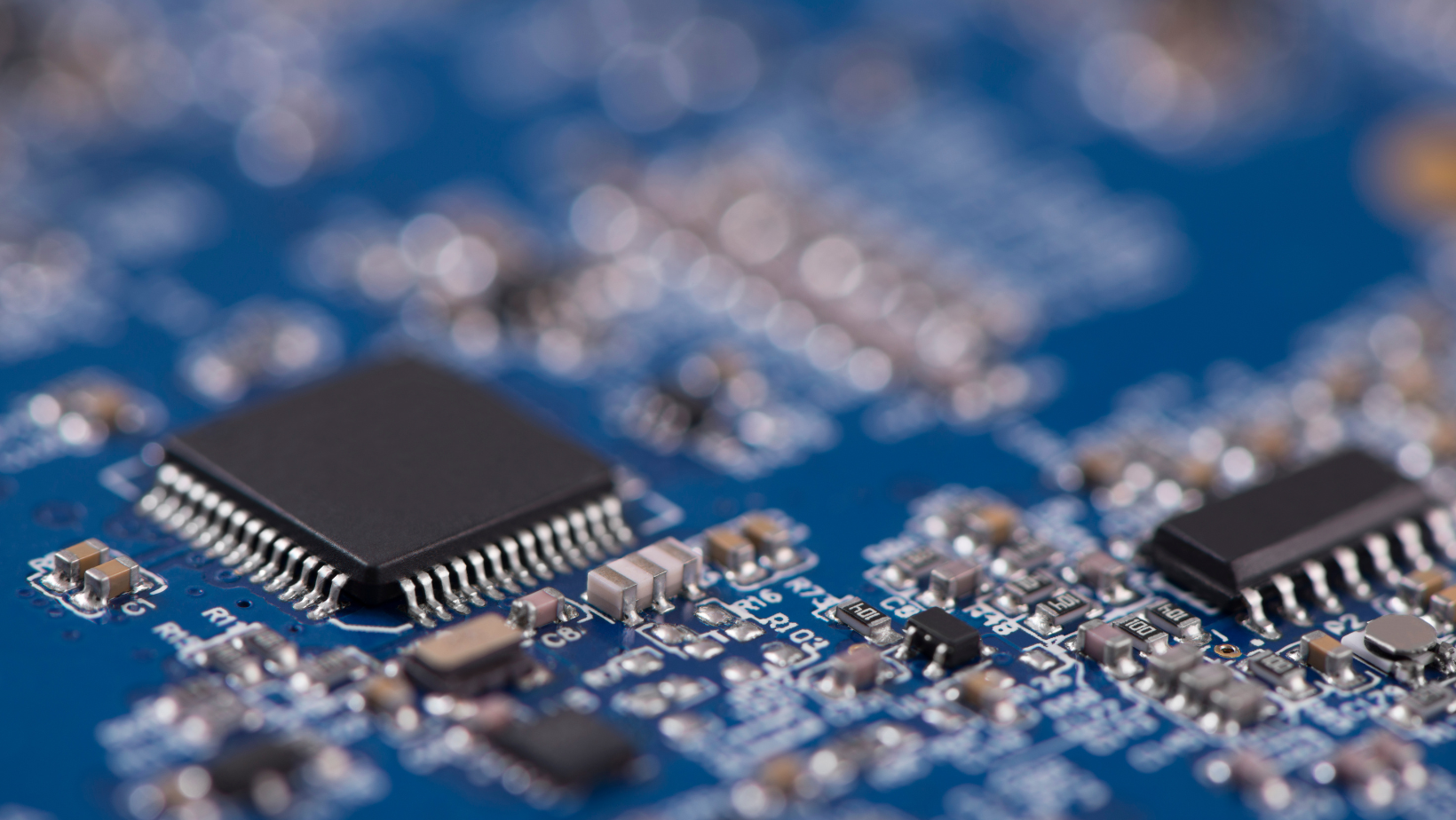Understanding Surface Mount Technology (SMT): Revolutionizing Electronics Manufacturing
In the world of electronics manufacturing, Surface Mount Technology (SMT) has become the industry standard for assembling electronic components onto printed circuit boards (PCBs). This advanced method has revolutionized the way modern electronic devices are produced, offering numerous advantages in terms of efficiency, cost, and miniaturization. In this blog, we will dive into what SMT is, how it works, and why it has become the go-to technology for assembling PCBs in today’s high-speed electronics production environment.
What is Surface Mount Technology (SMT)?
Surface Mount Technology (SMT) is a method of mounting electronic components directly onto the surface of a PCB, as opposed to the traditional through-hole technology (THT), where components are inserted through holes in the PCB. SMT allows for a much higher component density, smaller components, and faster production speeds.
Key characteristics of SMT include:
- Surface-Mounted Components: In SMT, components have flat leads or are leadless, which allows them to be placed directly onto the surface of the PCB.
- Automated Assembly: SMT relies heavily on automated assembly processes, which increases the speed, precision, and efficiency of manufacturing.
- Miniaturization: SMT enables the creation of smaller, more compact electronic devices, as components can be placed closer together and do not require through-holes.
How Does Surface Mount Technology (SMT) Work?
The SMT process involves several key stages to place components onto a PCB and ensure they are securely attached. These stages include:
- Solder Paste Application: The first step in the SMT process is applying solder paste to the PCB. Solder paste is a mixture of tiny solder balls and flux, which will eventually form the solder joints to connect the components. The paste is applied using a stencil or a screen printer to ensure precise placement.
- Component Placement: Once the solder paste is applied, automated machines, known as pick-and-place machines, pick up the electronic components and place them onto the PCB in the correct position. These components are usually small and can range from tiny resistors and capacitors to complex ICs (Integrated Circuits).
- Reflow Soldering: After the components are placed, the PCB is passed through a reflow oven. The temperature in the oven is carefully controlled to heat the solder paste, causing it to melt and create permanent solder joints between the components and the PCB.
- Inspection and Testing: After the soldering process, the assembled PCB undergoes inspection. Techniques like Automated Optical Inspection (AOI) and X-ray inspection are used to check for soldering defects, such as cold solder joints or missing components. Functional tests are also conducted to ensure the PCB works as intended.
Advantages of Surface Mount Technology (SMT)
SMT has revolutionized electronics manufacturing for a variety of reasons. Some of the most significant benefits include:
- Higher Component Density: Since SMT components are placed directly onto the surface of the PCB, there is no need for leads to pass through holes, which allows for a higher component density. This enables manufacturers to produce more complex circuits in a smaller space, contributing to the miniaturization of electronic devices.
- Faster Production Speed: SMT is highly automated, which leads to faster production times compared to traditional through-hole assembly. Automated pick-and-place machines can place thousands of components per hour, making it ideal for high-volume manufacturing.
- Lower Production Costs: SMT reduces production costs in several ways. The automated nature of the process reduces labor costs, while the smaller components are often less expensive than through-hole counterparts. Additionally, the compact nature of SMT components requires less PCB material, further lowering costs.
- Improved Performance: SMT components tend to have better electrical performance due to shorter lead lengths, which reduces the resistance and inductance in the circuit. This contributes to more reliable and faster electronic devices.
- Flexibility: SMT allows for more flexible designs. It is easier to create complex, high-performance circuits with surface-mounted components, and it supports a wide variety of components, from basic resistors and capacitors to advanced microprocessors.
- Miniaturization: The smaller size of SMT components allows manufacturers to produce smaller, more compact devices. This has been particularly beneficial in industries like consumer electronics, where the trend toward smaller, more portable devices is ever-growing.
Types of Surface-Mount Components
Surface-mount components come in a wide range of sizes and forms, including:
- Resistors and Capacitors: These are among the most basic and widely used components in SMT.
- Integrated Circuits (ICs): Surface-mounted ICs come in various forms, including small outline ICs (SOICs), chip-on-board ICs (COBs), and ball grid array (BGA) components.
- Diodes and Transistors: Surface-mount versions of these semiconductor devices are commonly used in SMT assembly.
- Inductors and Transformers: These components, often found in power supplies, are also available in surface-mount versions.
Challenges of Surface Mount Technology (SMT)
Despite its many advantages, SMT does come with some challenges:
- Component Placement Precision: SMT requires highly accurate placement of components, especially for smaller, fine-pitch devices. Even a small misalignment can lead to defects such as solder bridges or insufficient connections.
- Thermal Management: The high density of components on SMT boards can lead to heat buildup, which can affect performance and reliability. Effective thermal management solutions, such as heat sinks or thermal vias, are required to manage this issue.
- Inspection and Rework: SMT assemblies can be more challenging to inspect and rework due to the small size of the components and the solder joints. Automated inspection tools, like AOI and X-ray, help with detection, but manual rework can be more difficult compared to through-hole technology.
- Component Compatibility: Not all components are suitable for SMT, particularly very large components or components that require high power handling. While most modern components are designed for SMT, certain specialized parts may still require through-hole mounting.
Applications of Surface Mount Technology (SMT)
SMT is widely used in the production of various electronic devices across multiple industries. Some of the most common applications include:
- Consumer Electronics: Smartphones, laptops, tablets, and wearable devices all rely on SMT for their assembly.
- Automotive Electronics: SMT is used in electronic control units (ECUs), sensors, and infotainment systems in vehicles.
- Medical Devices: From diagnostic machines to pacemakers, SMT is used in critical medical equipment due to its reliability and miniaturization.
- Industrial Electronics: SMT is used in control systems, robotics, and automation systems for manufacturing.
- Communication Devices: SMT is essential in the production of communication equipment, including networking hardware and wireless devices.
Conclusion
Surface Mount Technology (SMT) has transformed the landscape of electronics manufacturing by offering faster, more efficient production and enabling the creation of smaller, more powerful devices. Its ability to support high component density, improve performance, and lower costs makes it the ideal choice for modern electronic products. While it comes with certain challenges, the benefits of SMT make it a cornerstone of the electronics industry, particularly as demand for compact, high-performance devices continues to grow. Understanding SMT is essential for anyone involved in designing, manufacturing, or assembling electronic devices today.





